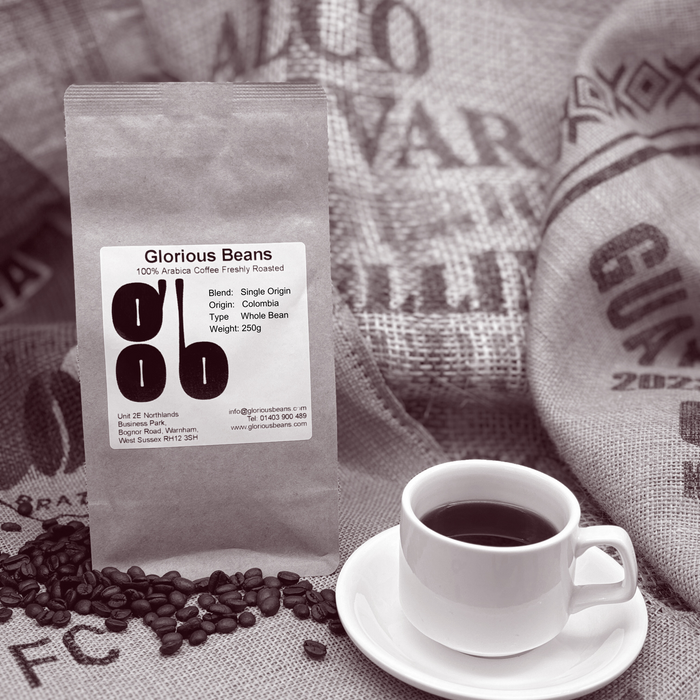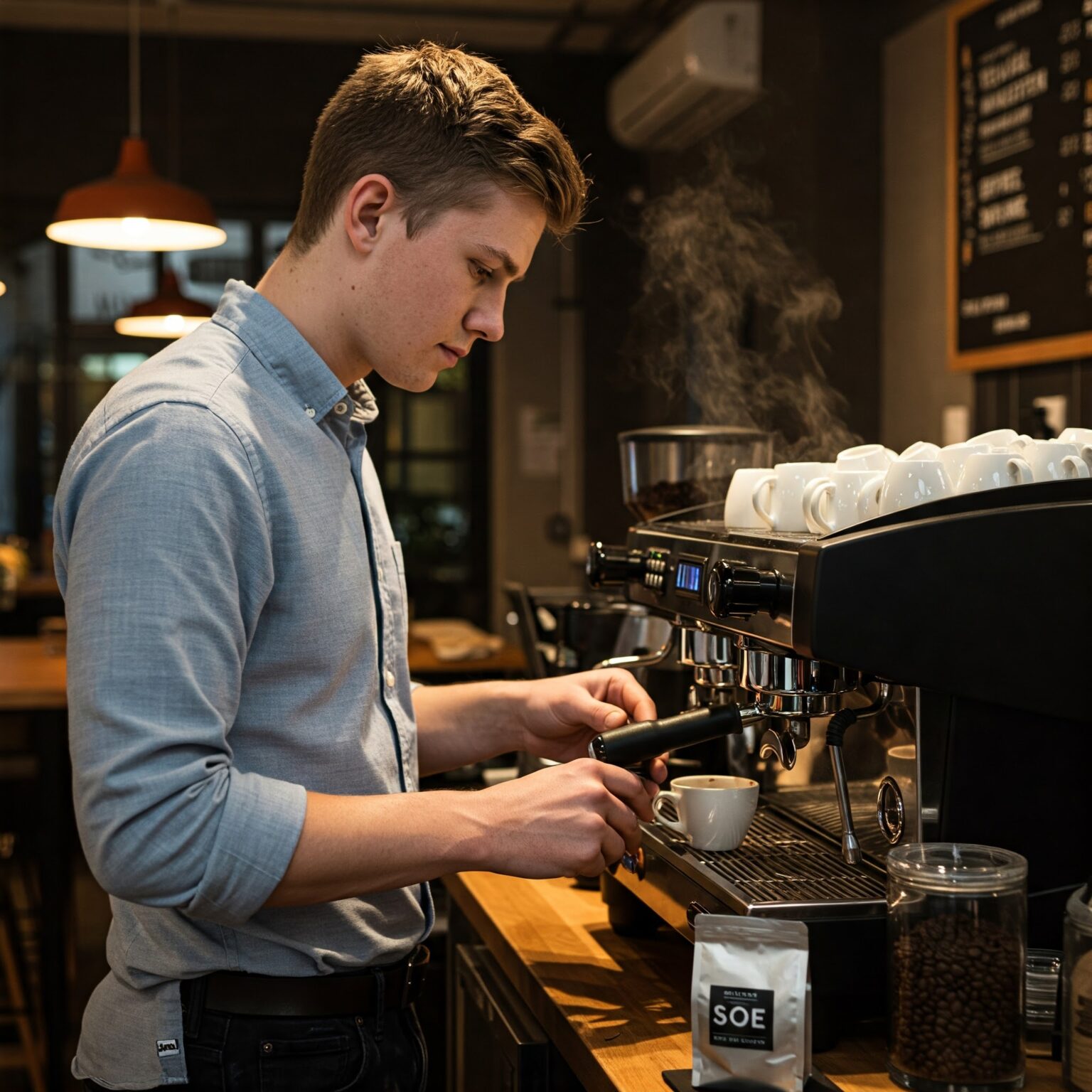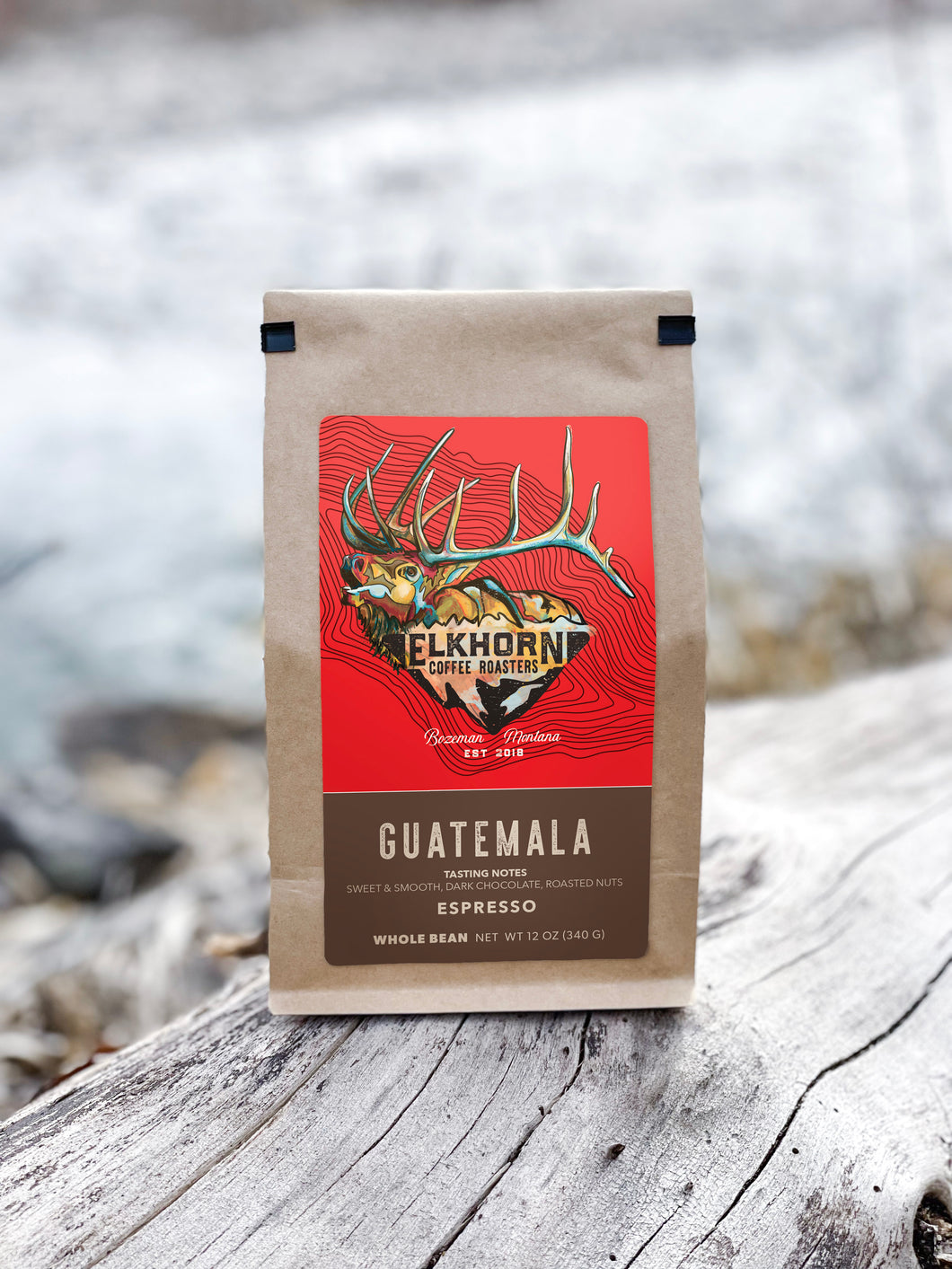What to Know Before Buying SOE Single Origin Espresso
Wiki Article
Coffee Beans 101: Everything You Required to Know About Espresso and Blended Coffee Beans
When it comes to coffee, comprehending the subtleties of coffee and mixed beans can transform your everyday cup. From the growing procedure to toasting techniques, every action plays a function in your coffee experience.Recognizing Coffee Beans: Ranges and kinds
When diving right into the globe of coffee, recognizing the kinds and selections of coffee beans is important for every fanatic. Arabica beans are understood for their smooth, complicated tastes and lower caffeine material, making them a favored amongst coffee aficionados.Ethiopian Yirgacheffe uses bright flower notes, while Colombian beans give a healthy flavor account. By acquainting on your own with these beans and their flavors, you'll boost your coffee experience and make more educated selections in your brewing journey.
The Expanding Refine: From Seed to Bean
When you explore the trip of coffee, all of it begins with seed option techniques that set the structure for quality. From there, growing and collecting play necessary roles in guaranteeing the beans grow. Finally, processing techniques change those harvested cherries into the coffee beans you like.Seed Choice Strategies
Selecting the best seeds is crucial for producing premium coffee beans, as it lays the structure for the whole expanding procedure. You need to begin by picking seeds from trustworthy resources that focus on quality and genetic diversity. Look for varieties understood to flourish in your certain environment and dirt problems. Focus on the seed's age and storage conditions, as fresh seeds tend to germinate better. When feasible, go with natural seeds to decrease direct exposure to harmful chemicals. Consider the disease resistance of different selections, as this can greatly impact your return. Ultimately, do not think twice to talk to regional farmers or experts to gain insights right into the best seed options for your area. This understanding will enhance your coffee-growing experience.Growing and Harvesting
As you support your coffee seeds into thriving plants, recognizing the growing and harvesting procedure is crucial for achieving the ideal flavor and top quality. Begin by growing your seeds in well-draining soil, preferably in a shaded area to secure them from direct sunshine. As your plants expand, preserve regular wetness, and bear in mind their demand for nutrients. Prune routinely to advertise airflow and healthy and balanced growth.When it comes time to harvest, look for ripe cherries, which usually turn a dynamic red. Hand-picking is usually the very best technique to assure only the ripest cherries are selected. Timing is necessary; harvesting prematurely or far too late can affect the flavor account of your beans. Welcome persistence and treatment, as this is where quality begins.

Handling Approaches Described
When you've gathered your coffee cherries, the following necessary action is refining them to change those vibrant fruits into the beans you'll brew. There are 2 primary approaches: the dry process and the wet process. In the completely dry procedure, you spread the cherries out in the sun to dry, allowing the fruit to ferment and give one-of-a-kind tastes to the beans. On the various other hand, the wet process involves removing the fruit instantly and fermenting the beans in water, leading to a cleaner taste. After processing, the beans are hulled, arranged, and generally dried out once again. Each method affects the taste profile, so try out both can help you uncover your favored brew. Comprehending these methods is vital to appreciating your coffee experience.Toasting Techniques: How Taste Is Developed
When it involves roasting coffee beans, recognizing roast levels is key to exposing their unique tastes. Each roasting strategy impacts the aroma and enhances the flavor advancement procedure, giving you a richer coffee experience. Let's discover how these variables integrated to elevate your day-to-day brew.Roast Degrees Discussed
Roast levels play an essential duty fit the taste profile of your coffee. When you select a light roast, you'll enjoy brilliant level of acidity and fruity notes. As you relocate to a tool roast, you'll notice a balance of sweet taste and intricacy, frequently highlighting chocolate or caramel tastes. Dark roasts, on the various other hand, deliver strong, great smoky characteristics with less acidity, making them abundant and durable. Each level results from various roasting times and temperature levels, affecting the beans' chemical structure. By recognizing these degrees, you can much better select a coffee that matches your taste preferences. Explore various roasts to discover which one resonates with you, boosting your total coffee experience and satisfaction.Influence on Fragrance
The roast level not just affects the taste of your coffee yet likewise considerably impacts its aroma. Each toasting technique launches different unpredictable compounds, forming exactly how your coffee smells. In addition, the freshness of the beans plays a crucial duty; newly baked coffee releases more fragrant oils, improving that tempting fragrance.Taste Advancement Refine
As you check out the taste advancement procedure, you'll discover that toasting techniques play a critical function fit the taste account of your coffee. The roasting temperature level and time directly influence the level of acidity, sweetness, and anger of the beans. Light roasts keep even more of the bean's initial flavors, highlighting fruity and flower notes. Medium roasts equilibrium level of acidity and body, offering an all-round flavor. Dark roasts, on the various other hand, highlight bold, great smoky characteristics while reducing the bean's inherent high qualities. Throughout toasting, chemical reactions, like the Maillard reaction and caramelization, change the beans and boost their complexity. Exploring with various roasting degrees can aid you find your ideal mixture, so do not hesitate to taste and discover the rich spectrum of flavors!Coffee vs. Blended Coffee: Secret Distinctions
Espresso and mixed coffee each offer one-of-a-kind experiences that satisfy various tastes and preferences. Espresso is a concentrated coffee brewed by forcing hot water with finely-ground coffee beans, leading to a rich, strong taste and a luscious layer of crema on top. It's commonly appreciated as a shot or used as a base for beverages like coffees and lattes.On the other hand, blended coffee combines various beans from different areas, developing an extra well balanced flavor profile. You'll often find blends that highlight acidity, sweetness, or body, making them functional for various brewing methods. While coffee focuses on intensity, combined coffee may provide a broader series of flavors that can change with each sip.
Inevitably, your selection between espresso and combined coffee boils down to your personal preference. Whether you long for a fast shock or a leisurely mug, both choices have something scrumptious to use.

Brewing Approaches: Opening the Perfect Cup
When it concerns brewing coffee, finding the right technique can change your experience and boost your cup. Each developing technique has its unique appeal and can greatly influence your coffee's flavor and fragrance. For instance, utilizing a French press allows you to take pleasure in a robust and abundant mixture, while a pour-over method offers a tidy, bright mug with distinct flavors.If you favor coffee, spending in a quality maker can help you master the art of drawing shots. Alternatively, for ease, a single-serve husk system offers rate without sacrificing taste.
Don't forget regarding cold brew, which delivers a smooth, less acidic coffee suitable for warm days. Experiment with different techniques to uncover what resonates with your taste.
Sampling Notes: Identifying Flavor Profiles
How can you really value your coffee if you do not know what flavors to look for? Tasting notes are your guide to understanding the complicated globe of coffee. Some coffees could leave a chocolatey or sugar aftertaste, while others may have a brilliant, clean surface.Think about the body of the coffee, also; is it ventilated and light or thick and syrupy? Do not fail to remember level of acidity; an intense level of acidity can include liveliness, while a reduced acidity may provide a smoother experience. By determining these taste accounts, you'll grow your connection with each cup, making coffee sampling a fascinating trip of exploration.

Tips for Choose and Storing Coffee Beans
Storing and picking coffee beans properly can substantially enhance your developing experience. Start by selecting top notch beans that match your taste. Try to find freshness; beans baked within the last two weeks are perfect. Inspect the roast date on the product packaging, and purchase from reputable roasters or regional shops.As soon as you have your beans, store them in a closed container to stop direct exposure to wetness, light, and air. A dark, great location functions best, so stay clear of keeping them in the refrigerator or freezer, as this can introduce moisture. Just grind the amount SOE you require to keep quality; whole beans maintain taste longer than pre-ground coffee.
Finally, attempt to utilize your beans within two to four weeks after opening up for peak taste. Following these ideas will certainly ensure your coffee stays delightful and delicious, raising your day-to-day brew to new heights.
Frequently Asked Questions
For How Long Do Coffee Beans Remain Fresh After Roasting?
Coffee beans stay fresh for regarding 2 weeks after toasting - SOE. You must save them in an impermeable container, away from light and dampness. After that, their taste and aroma start to decrease significantly
Can I Mix Different Coffee Bean Varieties?
Absolutely, you can mix different coffee bean varieties! Explore blends can enhance flavors and develop an one-of-a-kind taste profile. Just see to it to balance the strengths and attributes of each variety for the best outcomes.What Is the Perfect Grind Dimension for Coffee?
For espresso, you'll want a great work size, regarding the texture of table salt. This allows perfect extraction, causing a rich, savory shot. Experiment a bit to find what matches your preference best!Exactly How Does Altitude Affect Coffee Bean Flavor?
Altitude affects coffee bean taste by affecting the growth price and chemical composition. Higher elevations lead to slower growth, which boosts acidity and intricacy, providing your coffee a unique and vibrant taste you won't fail to remember.Are There Decaffeinated Versions of Espresso Beans?
Yes, there are decaffeinated variations of espresso beans. You can appreciate a rich espresso taste without the caffeine kick. Just try to find "decaf" blends at your regional coffeehouse or specialized store.Coffee Beans 101: Everything You Need to Know Regarding Coffee and Blended Coffee Beans.
When diving into the world of coffee, understanding the types and varieties of coffee beans is crucial for every enthusiast.When it comes to roasting coffee beans, recognizing roast levels is key to revealing their special tastes. Coffee is a concentrated coffee brewed by compeling hot water through finely-ground coffee beans, resulting in a rich, vibrant taste and a luscious layer of crema on top.On the other hand, blended coffee combines various beans from different areas, creating a much more balanced taste account.
Report this wiki page